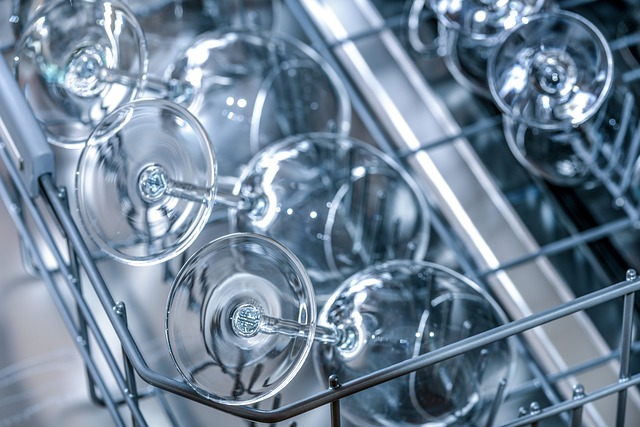
Dishwashers provide an efficient alternative to hand washing and can save a great deal of time. Determining the right dishwasher for you depends on a number of factors.
Restaurant dishwashers must interact with patrons during busy shifts, making customer service skills essential. This soft skill involves acting respectfully and caring towards all who interact with you. And at home, when you move into a new home, you want a dishwasher.
Getting Started
A dishwasher is an indispensable kitchen appliance that makes quick work of washing dishes and glassware, often more quickly than by hand. Most models can accommodate six place settings at once with multiple wash cycles to choose from; most can also plug into sink faucets directly and require 120V power for operation; these portable or permanent units often come equipped with wheels so they can roll easily over to sinks, or have bases underneath a counter for permanent installation.
Pumps pump water from the bottom of the machine up through its spray system, heating and mixing in detergent before sending it through a spray nozzle to be distributed via lawn sprinkler-style jets directed toward dishes. Finally, a series of rinse and wash cycles take place within the dishwasher that adjust temperature and intensity as necessary until everything has been thoroughly cleansed.
Some dishwashers feature specialty cycles designed to handle various materials, including a sanitizing cycle for medical equipment. Other extras might include safety locks, delayed start options, an info light that informs when the cycle has finished running, plate warmers and wifi connectivity for remote control – although these amenities might make choosing your model more interesting they should not prevent you from finding something suitable that meets both cleaning capacity needs and your budget constraints.
Cleaning the Dish Racks
While modern homes have increasingly relied on dishwashers for effective dish-washing, many still rely on dish racks to store dirty but rinsed plates and cups between uses. While a dish rack provides an efficient alternative to leaving them sitting in the sink, if left unclean it can become an incubator of germs and may spread disease throughout your household.
You might also want to learn about which dishwashers last the longest.
Metal and plastic-coated dish racks should be easily cleaned by running them through a dishwasher, while wooden or bamboo models might require more intensive scrubbing. Fill a basin large enough to submerge the rack in water and add one cup of white vinegar or bleach per gallon of water in the basin; soak your rack for approximately one hour in this solution, before thoroughly rinsing off afterward to eliminate any mildew or mold growth that has developed.
If your dish rack is susceptible to rusting, consider using Bar Keeper’s Friend or another oxalic acid cleaner product such as Bar Keeper’s Friend in powder or liquid form to clean it. Both powdered and liquid forms are available and should be applied directly onto its surface to help remove rust or any other form of grime that has formed, before rinsing thoroughly and drying thoroughly afterwards. Alternatively, spray an equal mixture of water and vinegar solution on a paper towel then rub over its affected spots if necessary.
Loading the Dishes
Ideally, dishwashers should be loaded with dirty sides facing toward the spray jets that emerge from below, to ensure that dishes get thoroughly washed. Plates should also be spaced out so that all their surfaces can be reached by the dishwasher; similarly, pots and pans’ bottoms must remain free from items like lids or handles that could obstruct cleaning efforts.
Modern dishwashers feature special racks designed to accommodate longer utensils such as spatulas or ladles. When placing these tools into the top rack, lay them flat instead of nestling into the utensil basket as this is the most effective way to protect delicate plates and glasses from being damaged during processing.
Although older dishwashers required pre-rinsing the dishes before loading them into the machine, modern detergents have been specifically developed to deal with food residue and particles; so fully rinsing may actually decrease cleaning effectiveness.
Finally, the dishwasher must be moved onto its casters to connect with its hot and drain lines at the sink. It may then be plugged into an outlet; in some cases however it may even be permanently installed beneath the kitchen sink in which case a special plumbing/electrical system will need to be put in place in order to accommodate it.
Tags: stuff for your home


